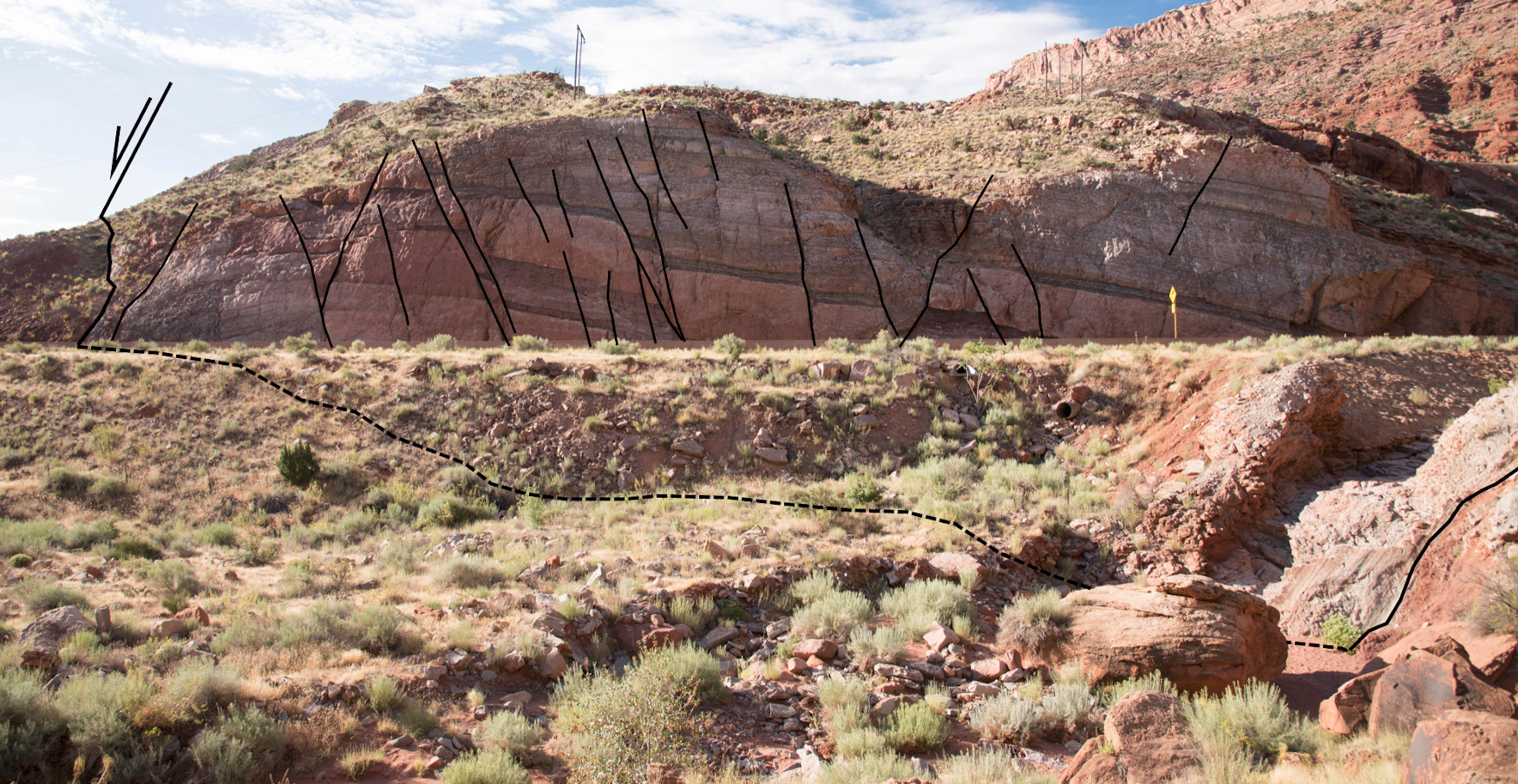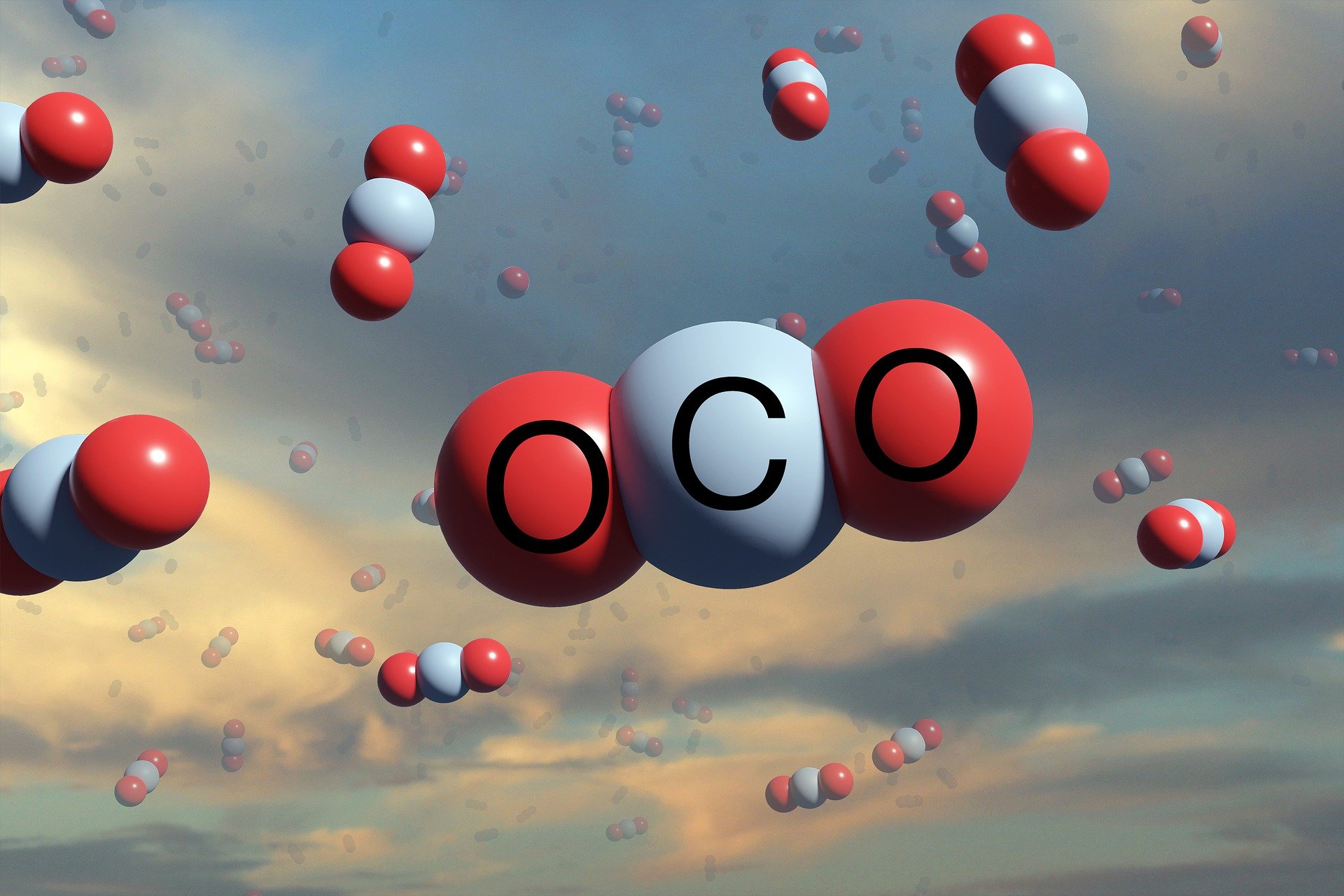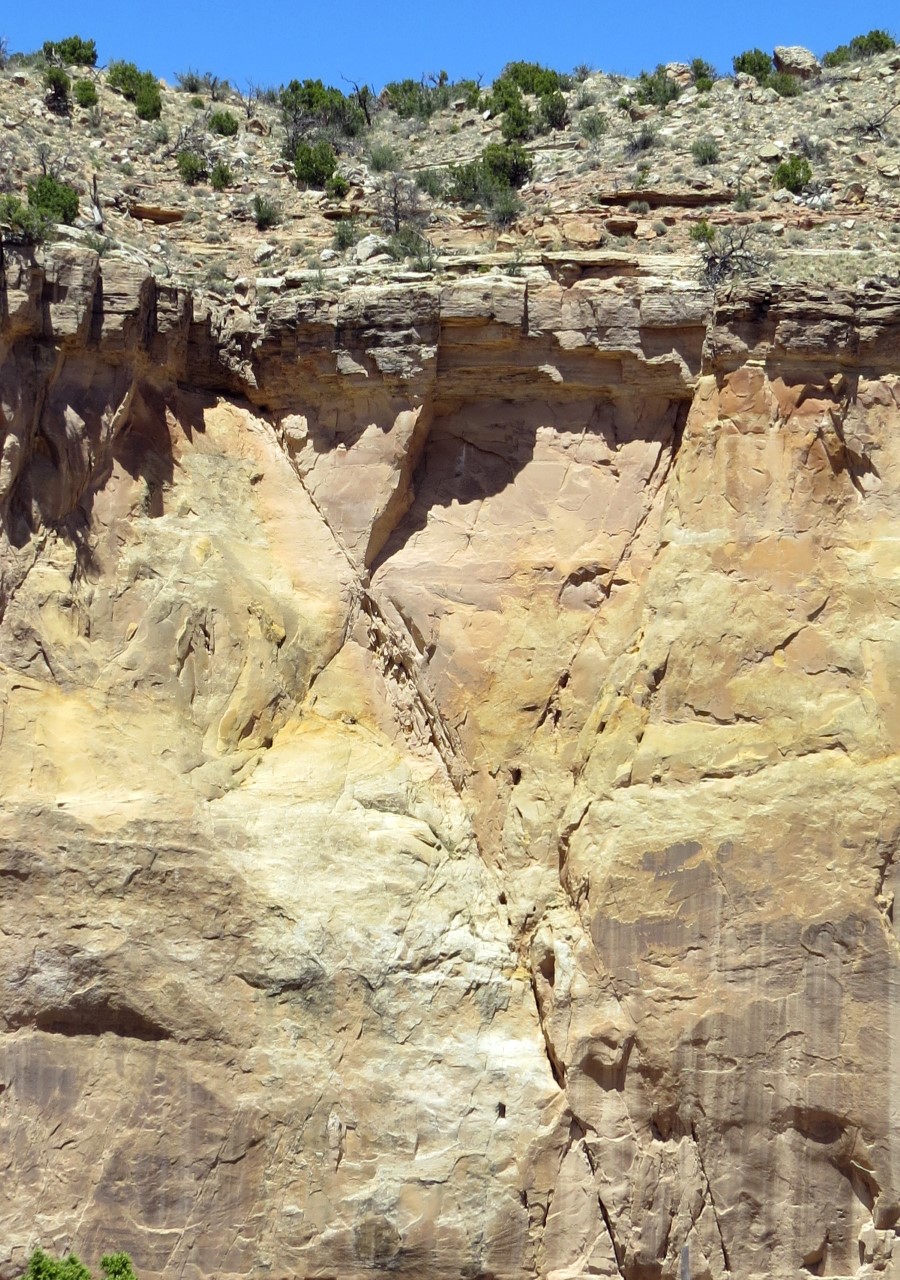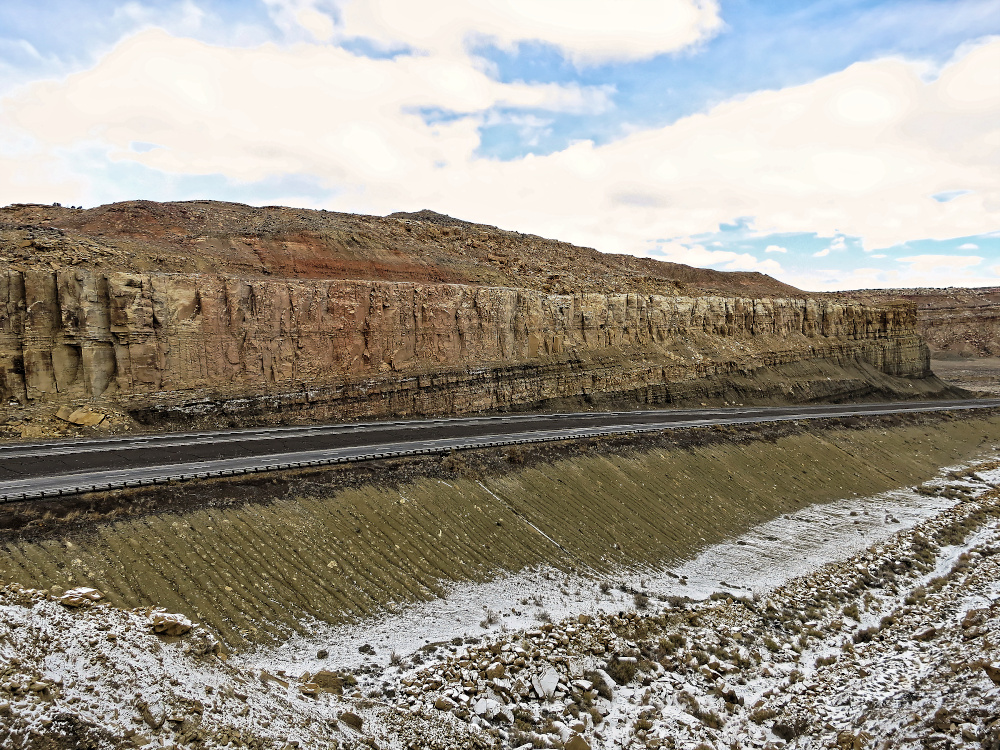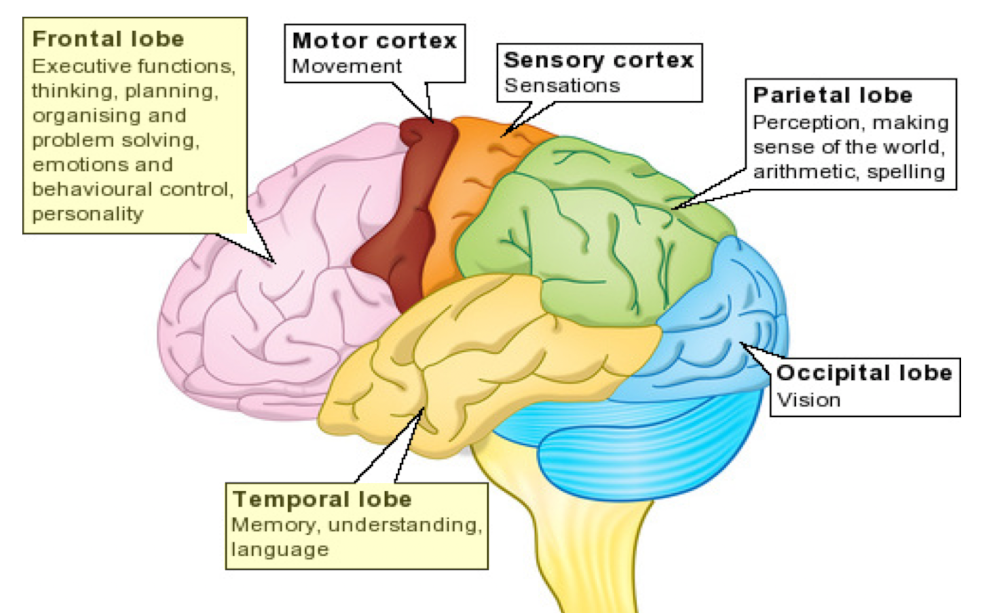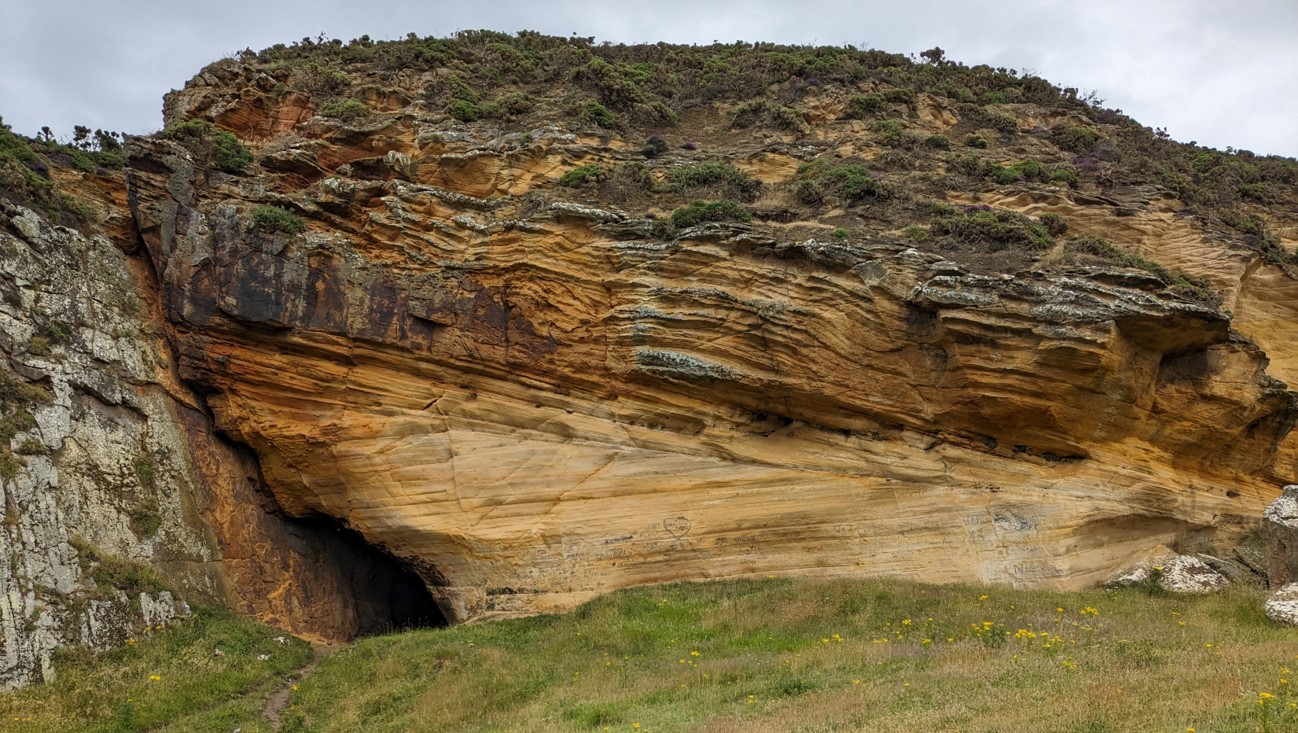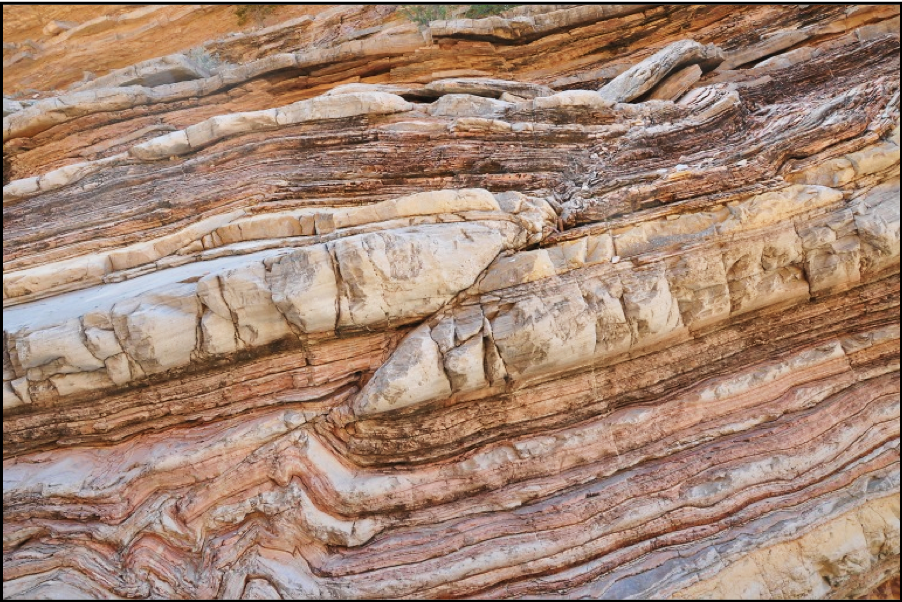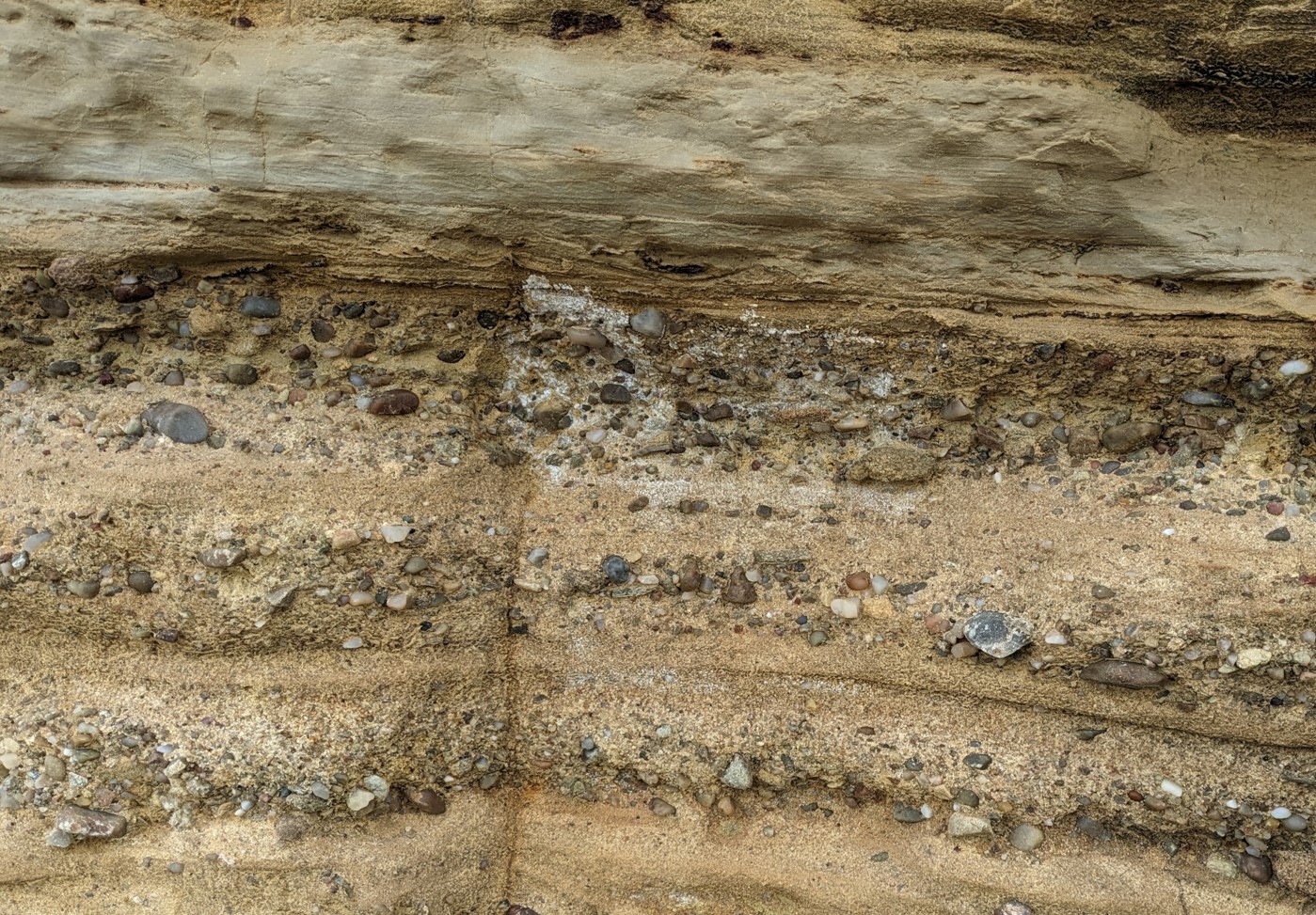Tutor(s)
Bob Krantz: Consulting Geologist and Adjunct Professor, University of Arizona.
Peter Hennings: Consulting Geologist and Research Scientist and Lecturer, UT Austin, Texas.
Overview
This course provides an analysis-level treatment of fault geometry, characterization of seal effectiveness, and assessment of rupture hazard with application to hydrocarbon exploration, reservoir development and management, fluid pressure containment analysis for CCS, and induced seismicity hazard assessment. The Moab fault system and surrounding geology provide exceptional examples of trap-scale structures with fault zone characteristics that vary depending on offset and juxtaposed rock type, and which are documented to have both sealed and leaked over geologic time in patterns that are clearly expressed. Reframing these outcrops to subsurface application is immensely valuable in understanding static and dynamic fault behavior.
Duration and Logistics
6 days; classroom lectures (30%), practical exercises (30%) and field visits to some of Earth’s best-exposed and thoroughly studied outcropping fault systems (40%).
The course is based in Moab, Utah, with participants arriving in and departing from Grand Junction, Colorado.
Level and Audience
Advanced. This course is intended for geoscientists and reservoir engineers who work with layered faulted reservoirs. Participants would benefit from having a basic familiarity with structural geology.
Exertion Level
This class requires a MODERATE exertion level. The fieldwork will involve walking up and down slopes over rough ground. There will be walks of up to 1.6km (1 mile) on most days, the most strenuous being an ascent (and descent) of 100m (330 ft) over rocky ground as part of a 3.2km (2 miles) walk. The altitude of the field area ranges from 1200–1750m (4000–5800 ft), which may lead to unexpected shortness of breath for some. The weather should be pleasant with typical highs of 27°C (80°F) in the fall, but early morning temperatures may be below 5°C (40°F) and highs could reach 32° (90° F) on some days. Transport will be by mini-van or SUV on paved and graded dirt roads.
Objectives
You will learn to:
- Describe fault geometry and how they form, displace and link in 2-D and 3-D.
- Understand how fault systems evolve over geologic time.
- Characterize controls on mechanical stratigraphy.
- Apply 3-D fault framework interpretation methods.
- Identify fault zone deformational fabrics and mechanics.
- Develop reservoir compartmentalization models.
- Understand static and dynamic fault seals, fault permeability and seal effectiveness.
- Predict fault reactivation likelihood for application to seal failure, containment breach, and induced seismicity.

